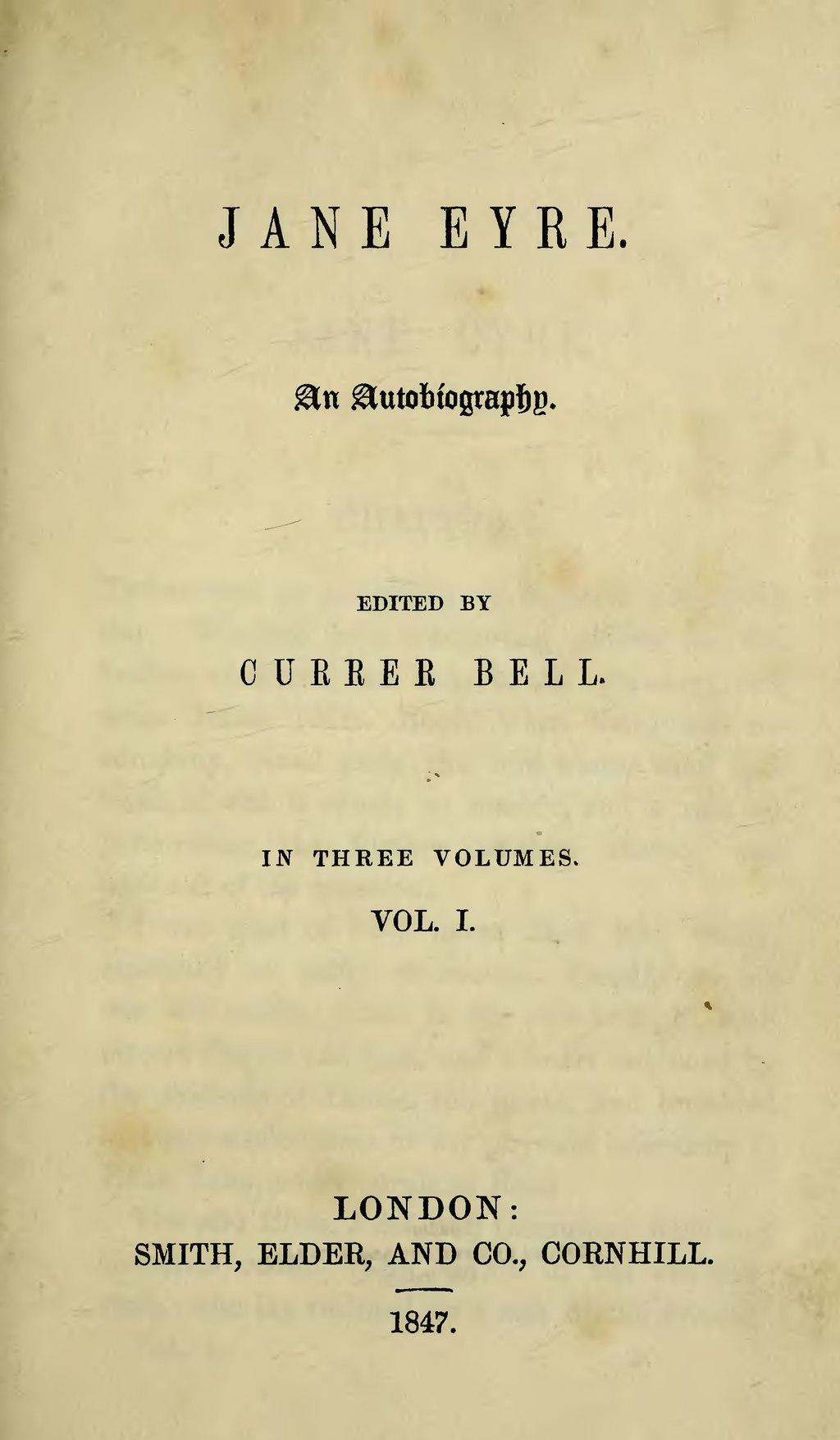Chapters

Like most of the books in the GCSE syllabus, Jane Eyre by Charlotte Brontë presents a cast of complex and multifaceted characters, each contributing to the novel's tapestry of themes and emotions, as well as the plot. It is important that you are able to understand the characters, their motives, and the role they play when you are analysing the book.
When writing about the book and answering exam questions, it helps if you can break down some of the main characters and explain theories about what the author was trying to achieve when writing the book.
Here's an in-depth analysis of some of the main characters and the role that they play. Be sure to take notes on characters throughout and think about what they represent and symbolise as well as what they are like as people.

Jane Eyre
The protagonist and narrator of the story, which is written in the first person, Jane Eyre is an orphan with a strong sense of individuality and moral integrity. She undergoes significant personal growth and self-discovery throughout the novel.
Jane displays remarkable resilience in the face of adversity, from her harsh upbringing at Gateshead to her trials at Lowood School. Her independence is evident in her pursuit of education and the courage to stand up for herself.
Jane's unwavering commitment to moral principles is a defining characteristic. Her refusal to compromise her integrity, particularly in her relationships, shapes her decisions and interactions with others. She has an incredibly tough life in many respects, but retains her moral compass.
She has a strong sense of identity and as well as, arguably, a feminist ideology:
“I am no bird; and no net ensnares me; I am a free human being with an independent will.”
If you are to study one character in the most detail, make sure it is the protagonist.
Edward Rochester
Rochester is known as the brooding master of Thornfield Hall, Rochester is a complex character with a mysterious past. He forms a deep and unconventional bond with Jane, making him a central figure in the narrative.
Rochester embodies the traits of a Byronic hero—turbulent, mysterious, and haunted by his past. His complex morality and tumultuous history add layers to his character.
A Byronic Hero has been described as “a character notable for being sullen, withdrawn, hard to like and hard to know, but usually possessing a rich inner life.”
Despite his gruff and withdrawn exterior, Rochester harbours a depth of emotions. His transformation over the course of the novel, from a detached and cynical figure to a vulnerable and repentant lover, highlights the complexities of his character.
Bertha Mason
Description: Bertha is Rochester's first wife, kept hidden in the attic of Thornfield due to her mental illness. Her presence is a crucial element in the unfolding of the plot.
Bertha's confinement symbolises the societal constraints placed on women, particularly those who deviate from societal norms. Her madness and imprisonment serve as a commentary on the consequences of repressive gender roles.
Bertha's tragic fate elicits sympathy, portraying her as a victim of societal expectations and Rochester's misguided actions.
St. John Rivers
St. John is a clergyman Jane encounters at Moor House. He is Jane's cousin and serves as a foil to Rochester, representing duty and societal expectations.
St. John is driven by a sense of duty and commitment to his missionary work. His proposal to Jane, devoid of love, highlights the utilitarian nature of his character.
He serves as something of a foil to the love interest, Rochester. In fact, he is even a love rival. St. John contrasts sharply with Rochester, emphasising the dichotomy between duty and genuine emotional connection. His character highlights the novel's exploration of love and independence.
Helen Burns
A fellow student at Lowood School and Jane's close friend, Helen serves as an early influence on Jane's moral development. She dies relatively early in the book and this is further tragedy for Eyre to deal with.
Helen's patient endurance and acceptance of suffering make her a martyr figure. Her influence on Jane is evident in Jane's later commitment to moral principles.
Helen introduces Jane to a more philosophical outlook on life, emphasising endurance in the face of adversity. Her early death leaves a lasting impact on Jane's character.
Mrs. Reed
Jane's aunt and guardian during her early years at Gateshead, Mrs. Reed is a cold and unkind figure who mistreats Jane, as so many people she encounters do.
Mrs. Reed serves as an early antagonist in Jane's life, representing oppressive authority and cruelty. Her mistreatment of Jane sets the stage for Jane's resilience and quest for independence.
Mrs. Reed embodies the societal prejudices against orphans and those considered beneath the upper class. Her treatment of Jane reflects the broader social injustices of the time.
Adele Varens
Adele is Mr. Rochester's ward, a French girl under Jane's care at Thornfield. Adele's dependence on others, including Jane, mirrors Jane's own struggles with dependence and the quest for self-reliance.
Adele's French background adds a layer of cultural complexity to the novel. Her position at Thornfield highlights the societal expectations and disparities surrounding issues of class and nationality. They are also an opportunity for the author to show the kindness of our protagonist as they work together.
Grace Poole
Rochester's mysterious and alcoholic servant responsible for the care of Bertha Mason. She is painted as careless and irresponsible in spite of her role.
Grace Poole's mysterious role at Thornfield adds an element of suspense and foreshadowing to the narrative. Her connection to Bertha Mason contributes to the novel's overarching themes of confinement and societal expectations.
In many ways, Grace Poole, like Bertha, becomes a symbol of societal repression. Her presence at Thornfield underscores the hidden tensions within the household.
Conclusion
Charlotte Brontë uses characters to portray many of her messages about her outlook on the world, as well as weaving a particular story about the era. She masterfully follows the characters through almost a whole lifetime as she uses Eyre’s evolution to tell a story.












